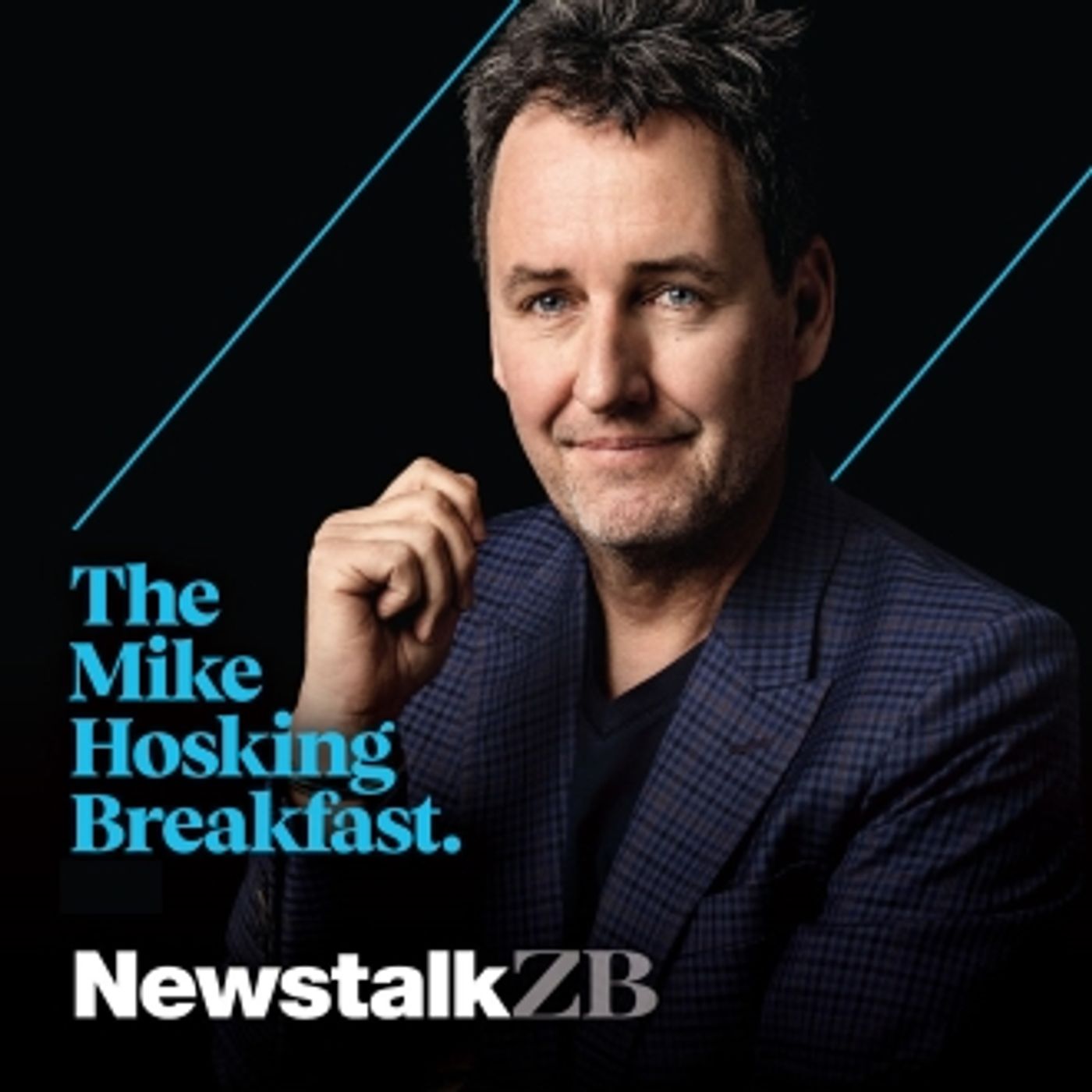- Other
- SEE MORE
- classical
- general
- talk
- News
- Family
- Bürgerfunk
- pop
- Islam
- soul
- jazz
- Comedy
- humor
- wissenschaft
- opera
- baroque
- gesellschaft
- theater
- Local
- alternative
- electro
- rock
- rap
- lifestyle
- Music
- como
- RNE
- ballads
- greek
- Buddhism
- deportes
- christian
- Technology
- piano
- djs
- Dance
- dutch
- flamenco
- social
- hope
- christian rock
- academia
- afrique
- Business
- musique
- ελληνική-μουσική
- religion
- World radio
- Zarzuela
- travel
- World
- NFL
- media
- Art
- public
- Sports
- Gospel
- st.
- baptist
- Leisure
- Kids & Family
- musical
- club
- Culture
- Health & Fitness
- True Crime
- Fiction
- children
- Society & Culture
- TV & Film
- gold
- kunst
- música
- gay
- Natural
- a
- francais
- bach
- economics
- kultur
- evangelical
- tech
- Opinion
- Government
- gaming
- College
- technik
- History
- Jesus
- Health
- movies
- radio
- services
- Church
- podcast
- Education
- international
- Transportation
- kids
- podcasts
- philadelphia
- Noticias
- love
- sport
- Salud
- film
- and
- 4chan
- Disco
- Stories
- fashion
- Arts
- interviews
- hardstyle
- entertainment
- humour
- medieval
- literature
- alma
- Cultura
- video
- TV
- Science
- en
Richard Arnold: President Trump back to downplaying Covid-19

Still sickened by COVID-19, President Donald Trump plunged back into playing down the disease that hospitalised him for three days and has so far killed more than 210,000 Americans. He compared it anew to the seasonal flu and signaled he plans to return soon to the campaign trail.
Back at the White House after a dramatic helicopter return from the military hospital where he was receiving an unprecedented level of care for COVID-19, Trump's attitude alarmed infectious disease experts. And it suggested his own illness had not caused him to rethink his often-cavalier attitude toward the disease, which has also infected the first lady and more than a dozen White House aides and associates.
Anxious to project strength just four weeks from Election Day, Trump, who is still contagious with the virus, tweeted Tuesday morning that he is planning to attend next week’s debate with Democrat Joe Biden in Miami. “It will be great!” he said.
In a letter, Trump's doctor, Navy Cmdr. Sean Conley, said Trump had a "restful" night at the White House and that on Tuesday “he reports no symptoms.” On Monday afternoon, shortly before his departure from Walter Reed National Military Medical Center, Conley offered that the president would not be fully “out of the woods” for another week.
The scale of the outbreak at the highest levels of the U.S. government was still being uncovered. On Tuesday, the nation's top military leaders including the chairman of the Joint Chiefs of Staff, Gen. Mark Milley, and the vice chairman, Gen. John Hyten, were in quarantine after exposure to Adm. Charles W. Ray, the vice commandant of the Coast Guard.
It was not known how Ray contracted the virus, but he attended an event for military families at the White House on Sept. 27. The Coast Guard said in a statement that Ray felt mild symptoms over the weekend and was tested on Monday.
Trump returned to the White House Monday night aboard Marine One, gingerly climbing the South Portico steps before removing his mask and giving a double thumbs-up from the terrace, where aides had arranged American flags for the sunset occasion. He entered the White House, where aides were visible milling about the Blue Room, without wearing a face covering.
In a video released later, Trump offered a nonchalant take on the virus, contravening the public health warnings of his own administration that Americans take the threat seriously and to take precautions to avoid contracting and spreading the disease as cases continue to spike across the country
“Don’t be afraid of it,” Trump said. “You’re going to beat it. We have the best medical equipment, we have the best medicines.” His remarks were strong, but he was taking deeper breaths than usual as he delivered them.
Left unsaid was that the president's experience with the disease has been far from typical, as his doctors rushed him onto experimental antiviral drugs and prescribed an aggressive course of steroids that would be unavailable to the average patient. While most must cope with their symptoms — and fear of whether they’ll take a turn for the worse — at home and alone, Trump had been staying in the presidential suite of one of the nation’s best hospitals, and he's now at the White House, where there is a team of doctors on call with 24-hour monitoring.
On Tuesday, Trump also returned to his previous comparisons of COVID-19 to the seasonal flu.
“Many people every year, sometimes over 100,000, and despite the Vaccine, die from the Flu,” he tweeted. “Are we going to close down our Country? No, we have learned to live with it, just like we are learning to live with Covid, in most populations far less lethal!!!”
In fact, COVID-19 has already proven to be a more potent killer, particularly among older populations, than seasonal flu, and has shown indications of having long-term impacts on the health of younger people it infects. And the Centers for Disease Control and Prevention estimates that influenza has resulted in far fewer yearly...